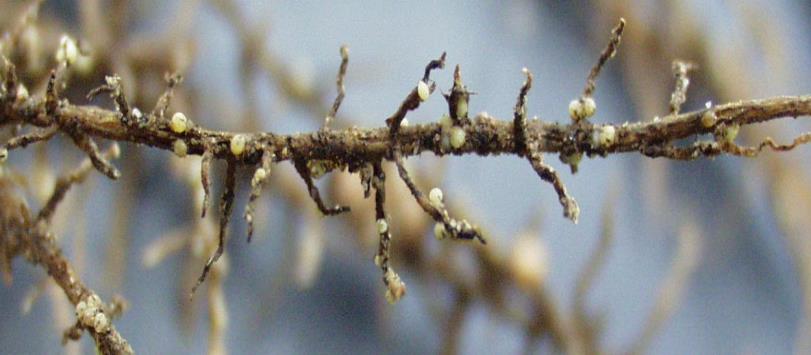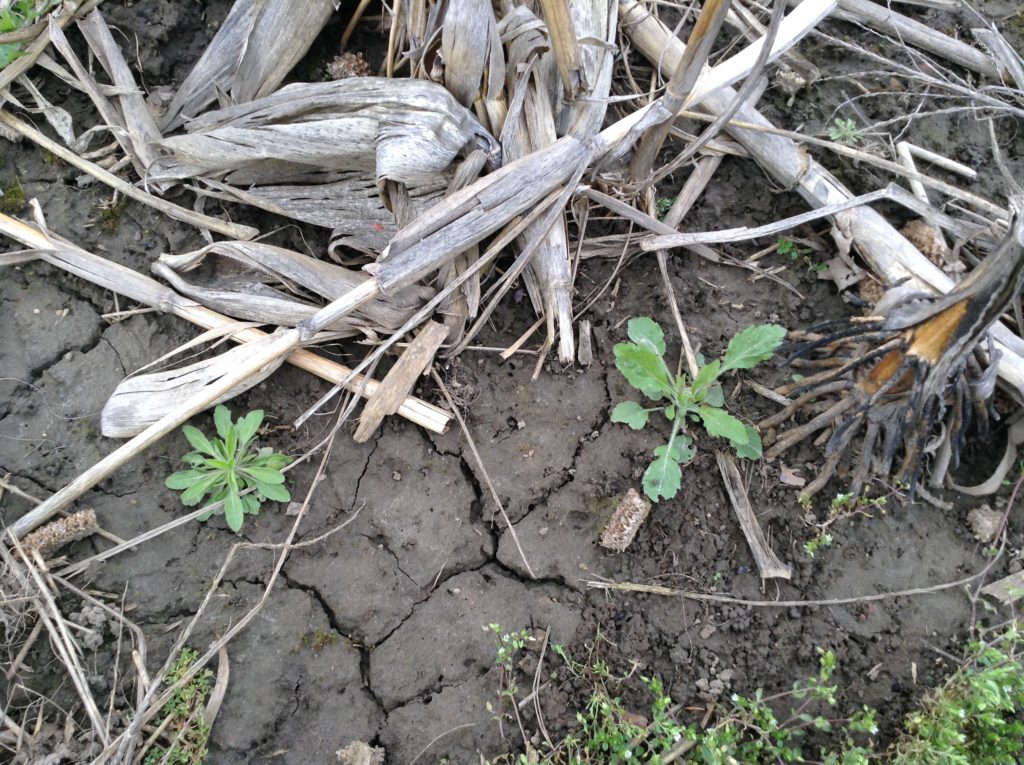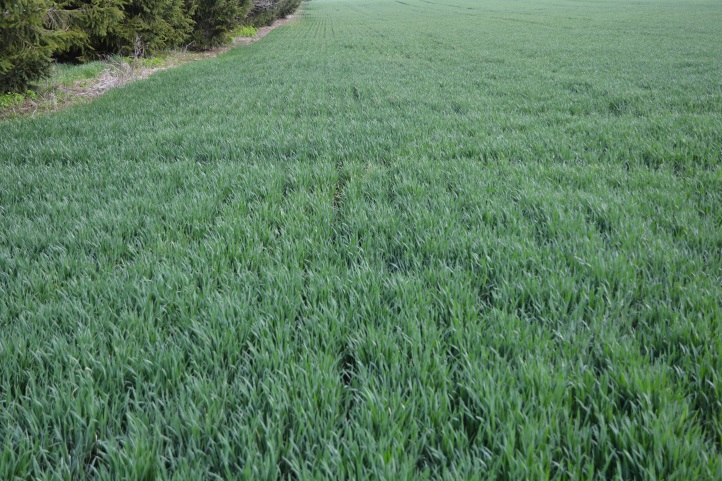2016 Cereals Seasonal Summary

Fall 2015 Planting Optimal fall planting conditions in 2015 resulted in approximately 1 million acres of winter wheat being seeded. Excellent weather conditions through to November provided an opportunity for wheat to be well tillered before winter. The proportion of HRW acres dropped from 12% of the crop in 2015 to 10% in the 2016 […]








